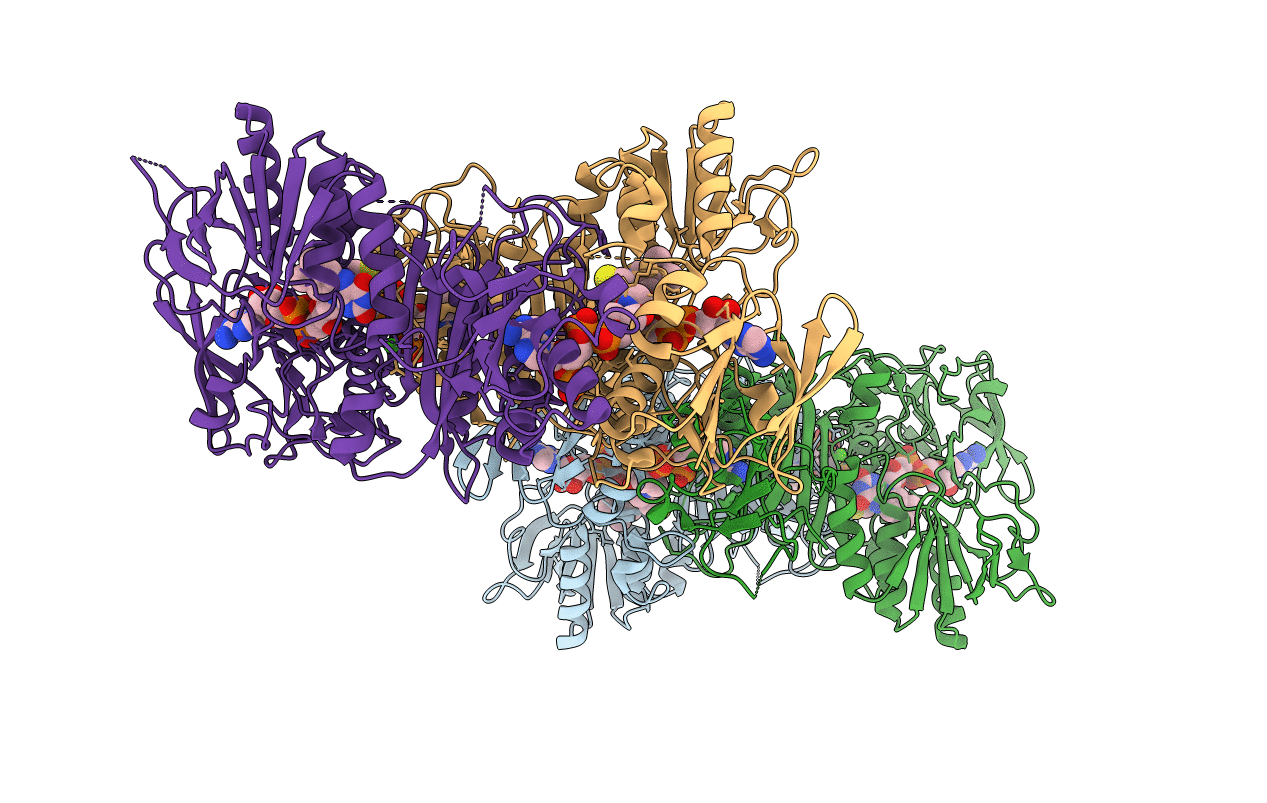
Deposition Date
2019-06-23
Release Date
2020-07-01
Last Version Date
2023-10-11
Entry Detail
PDB ID:
6PFZ
Keywords:
Title:
Structure of a NAD-Dependent Persulfide Reductase from A. fulgidus
Biological Source:
Source Organism:
Archaeoglobus fulgidus DSM 4304 (Taxon ID: 224325)
Host Organism:
Method Details:
Experimental Method:
Resolution:
3.10 Å
R-Value Free:
0.22
R-Value Work:
0.20
R-Value Observed:
0.20
Space Group:
P 1 21 1


